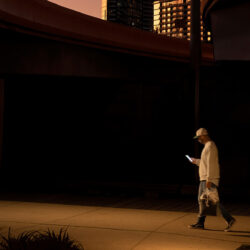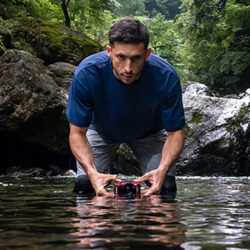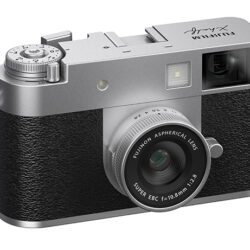A smaller, lighter replacement for the NEX-3 with a higher-resolution sensor plus new Picture Effects.Just over a year after entering the mirrorless interchangeable-lens camera market, Sony has added another model to its line-up. The NEX-C3, which replaces the NEX-3, is smaller and 14 grams lighter than its predecessor. It also comes with a 16.2-megapixel sensor, offering higher resolution than either the NEX-3 or NEX-5, both of which were 14.2-megapixel cameras.



















